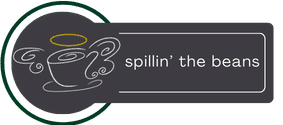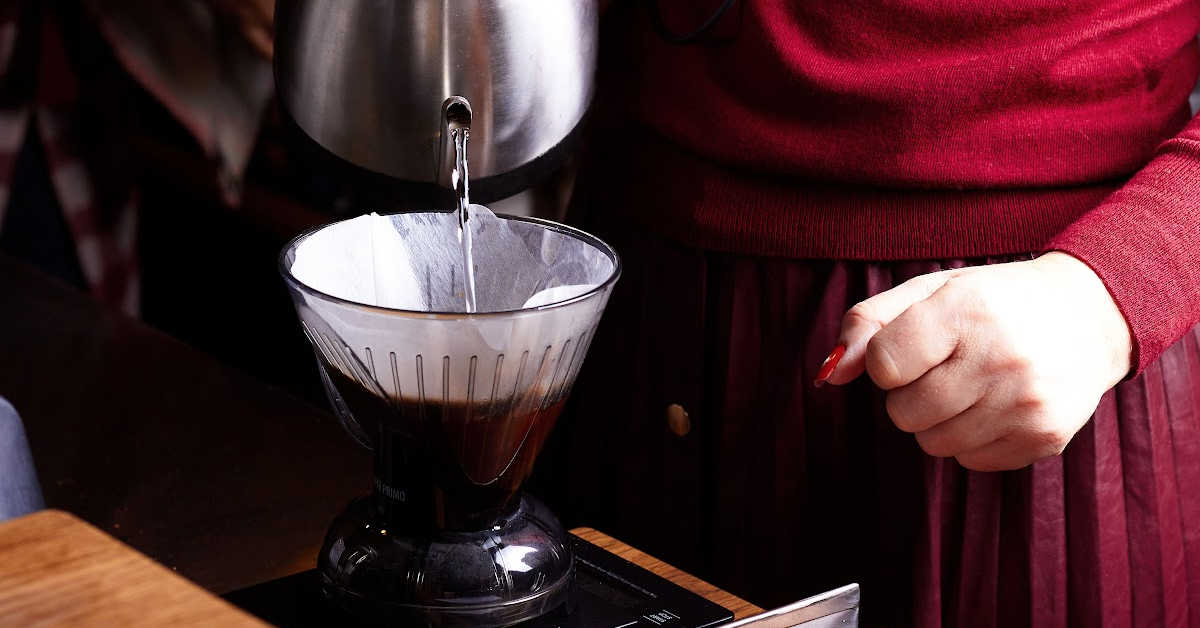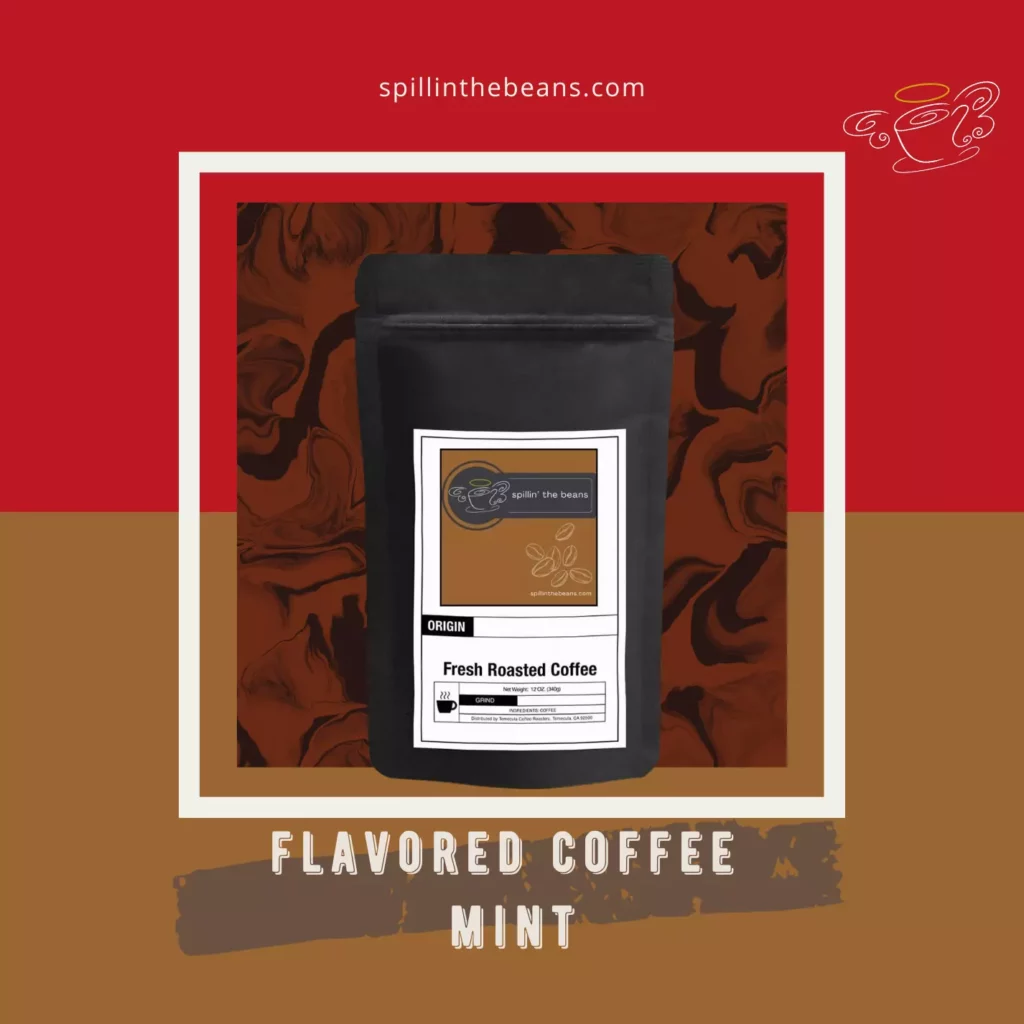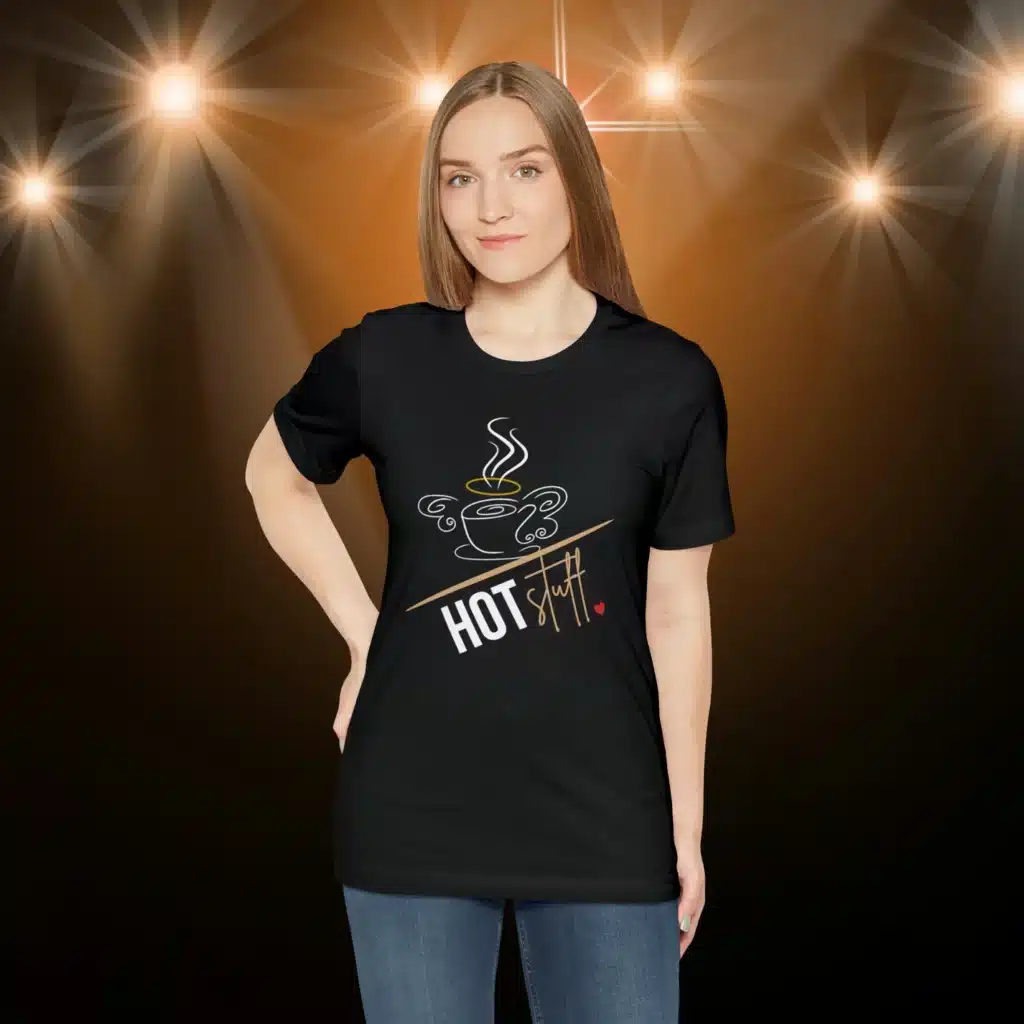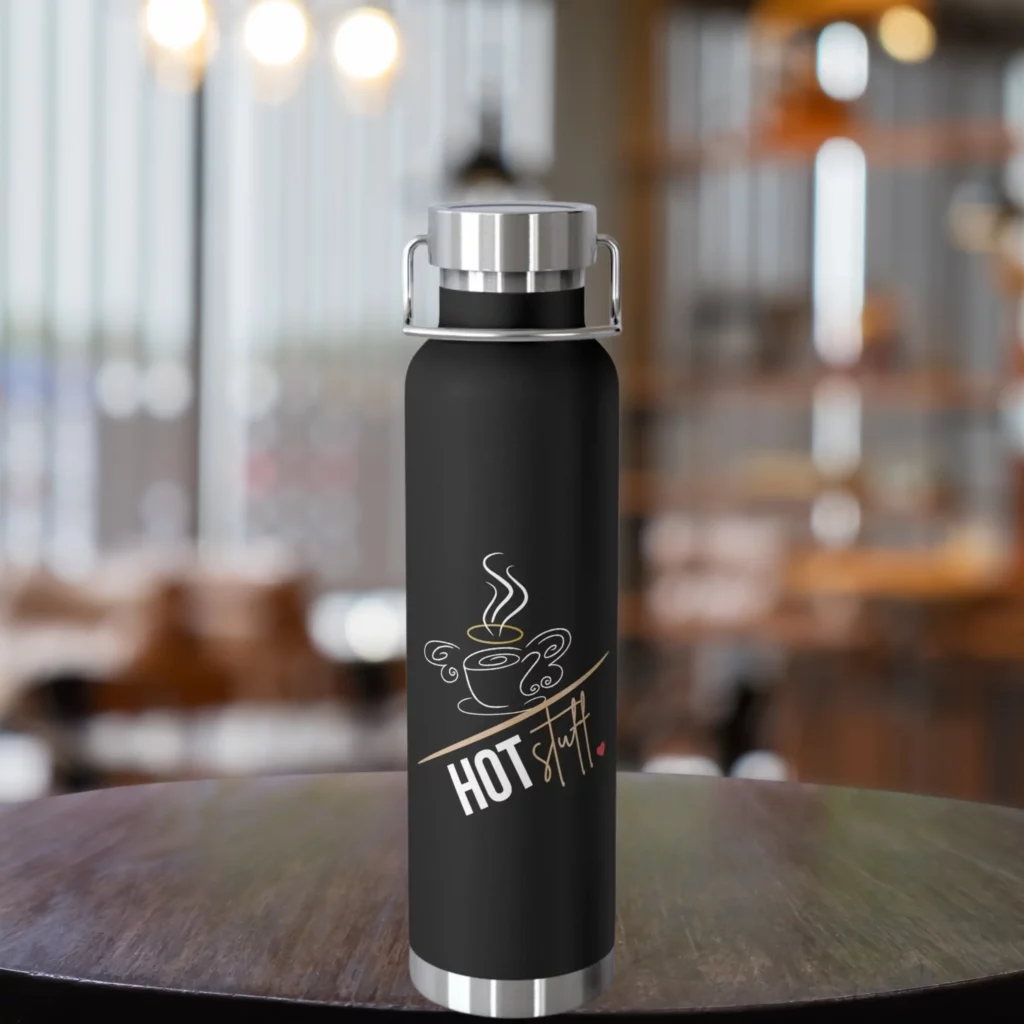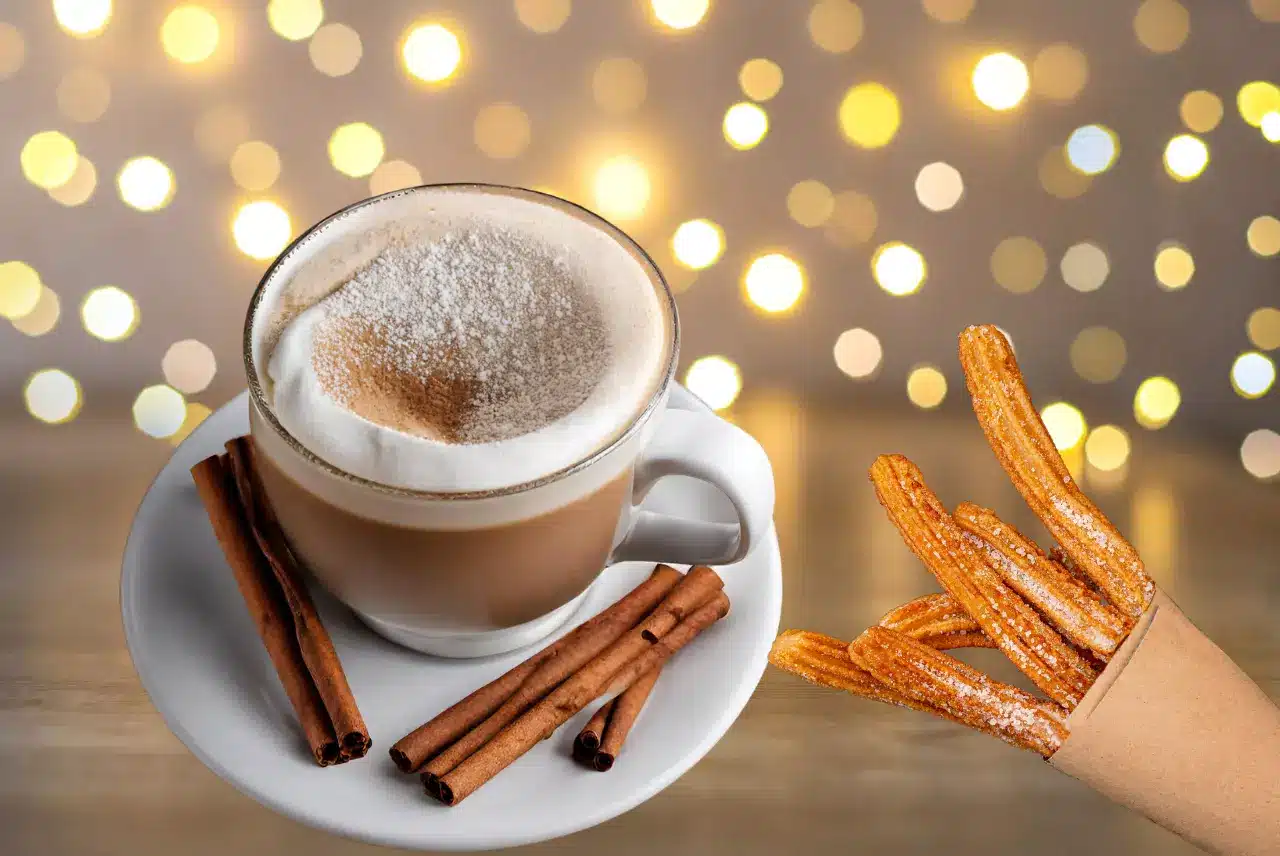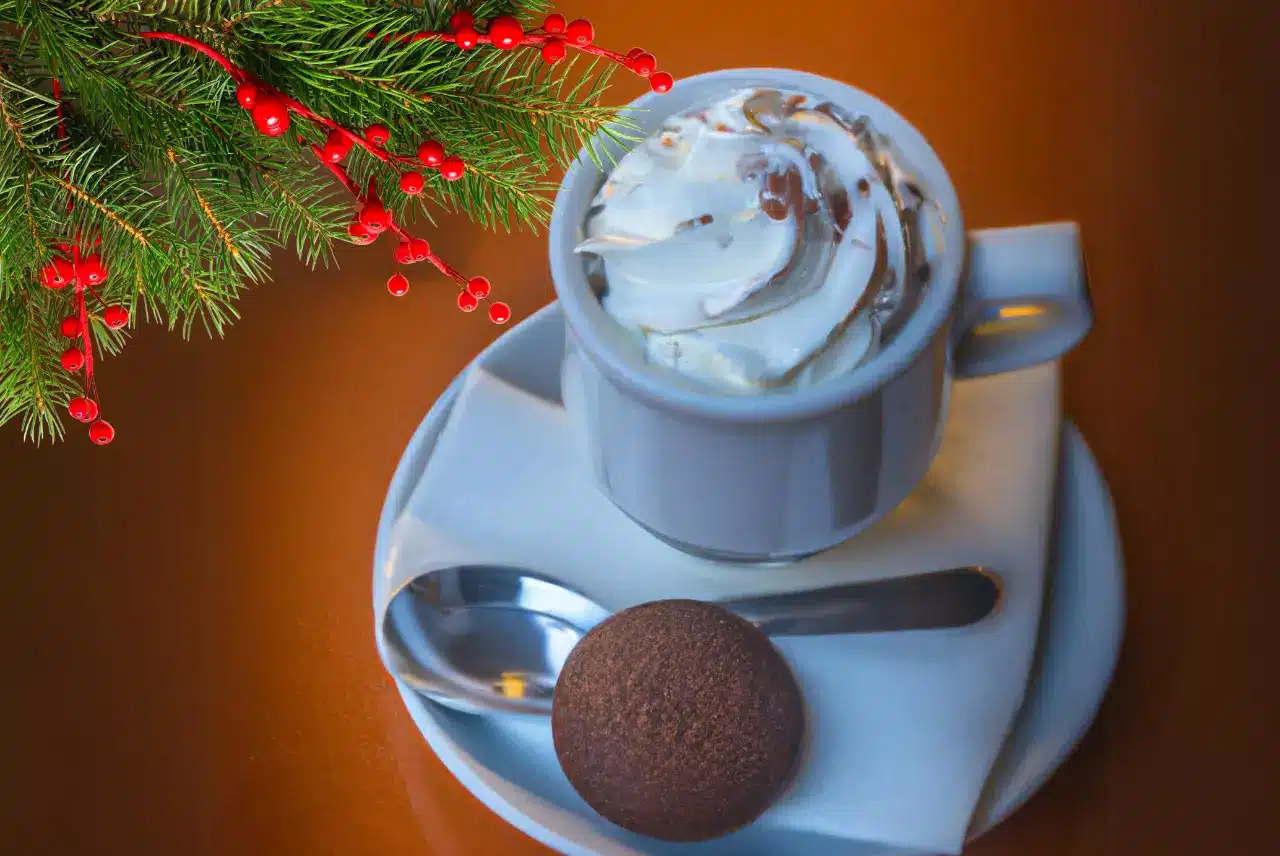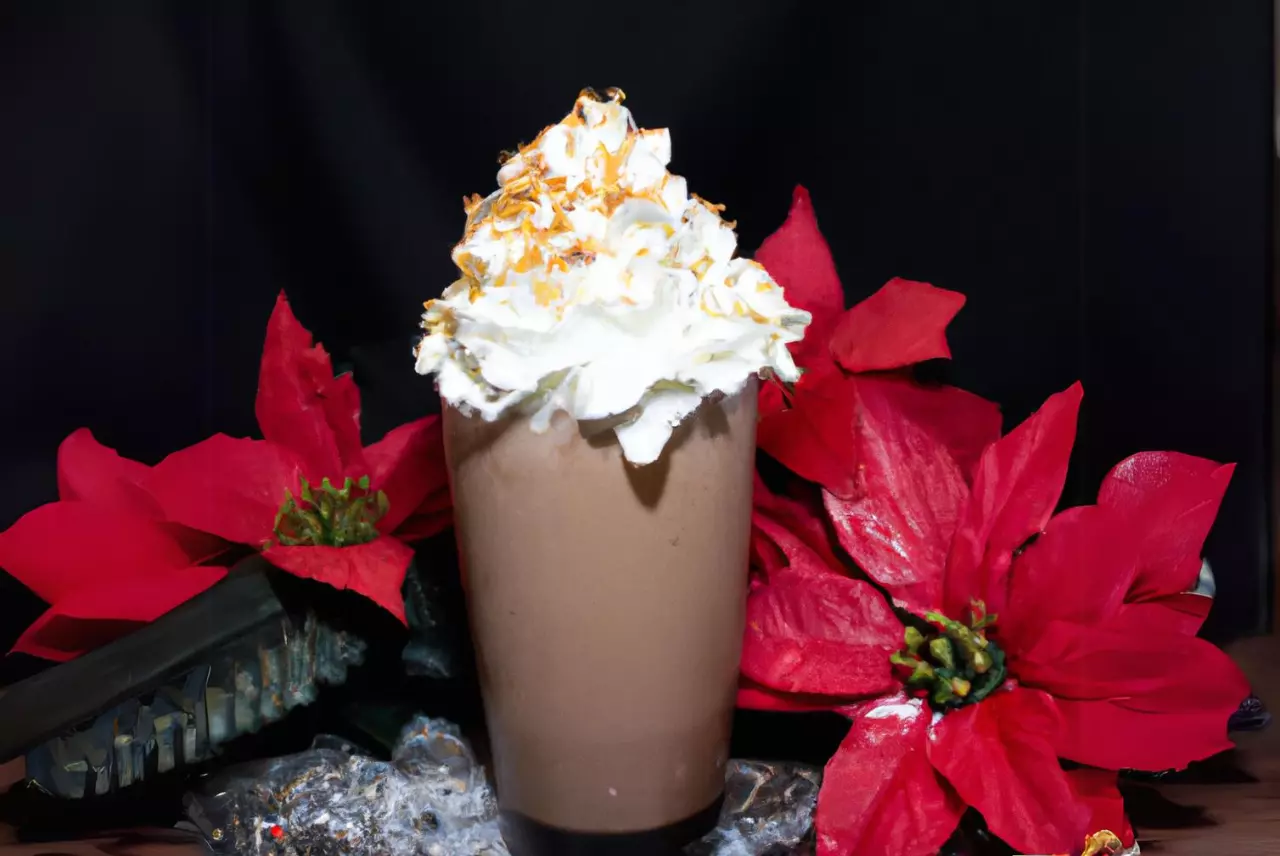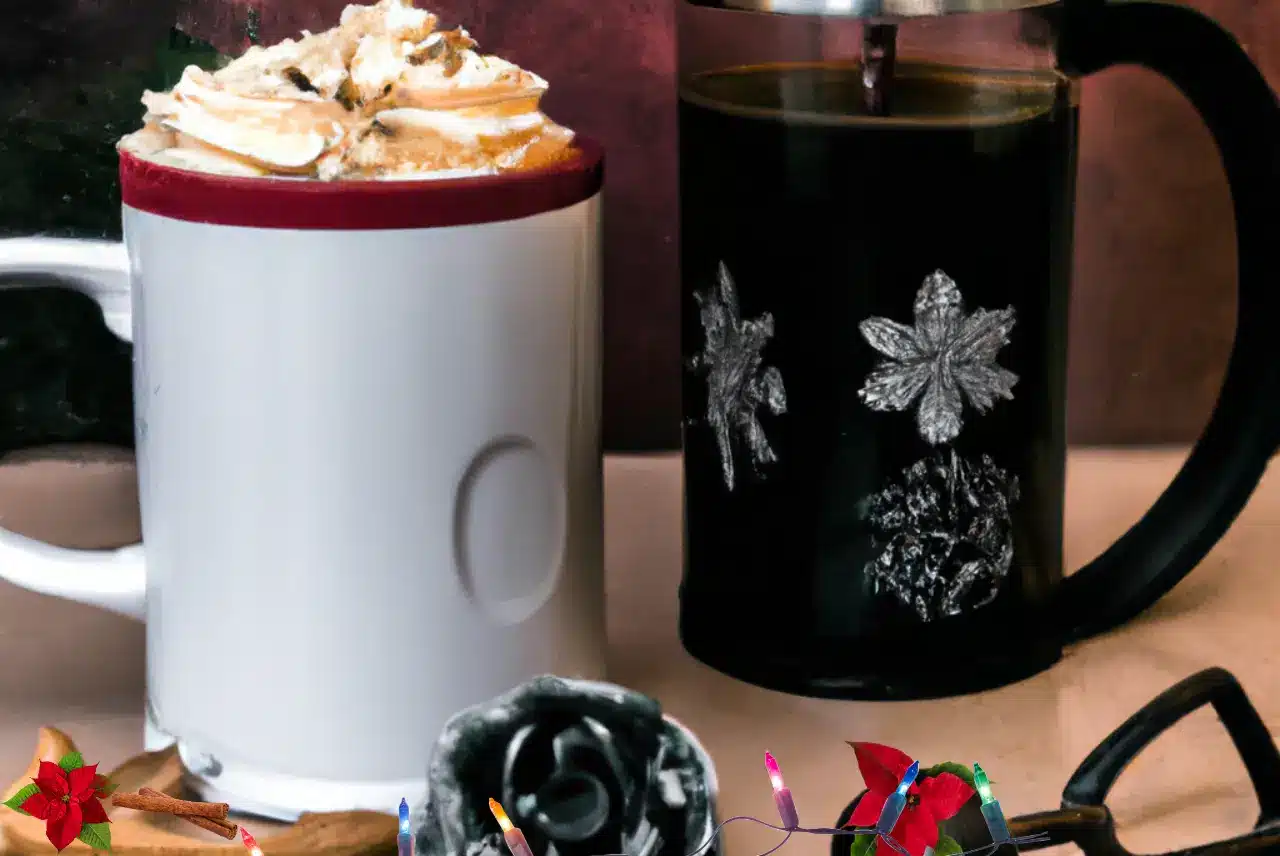Pour-Over
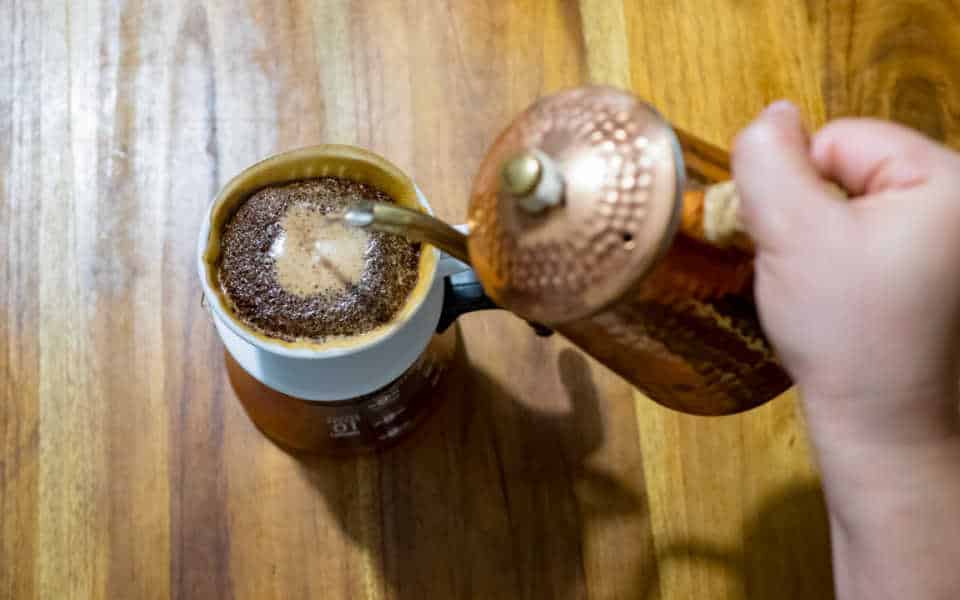
What is Pour-Over Coffee?
Just as it sounds, pour-over coffee involves pouring hot water over a bed of ground coffee to slowly extract the flavors and aromas characteristic of the coffee beans.
The process requires some special equipment, notably a pour-over brewer, filter (usually paper but sometimes metal), and carafe or mug. But, unlike coffee machines, you can spend about $10 for a pour-over coffee setup or invest in a keepsake system.

Jump to:


About Pour-Over Coffee
| Coffee Base | finely ground coffee |
| Added Water | yes – 2 tsp to 2 tbsp per cup depending on how strong you prefer your coffee and how finely ground the beans |
| Coffee : Milk Ratio | n/a |
| Type of Milk | n/a |
| Cup | standard coffee cup or mug (8 ounces or larger) |
| Supplies | coffee, boiling water, pour-over system |
| Sugar or Added Flavors | optional |
| Notes | the art of pour-over coffee is in the technique – blooming, slow and circular pours |


How To Make Pour-Over Coffee
To make pour-over coffee properly, you’ll need to adjust for the amount of water you use, how fine your coffee grounds are, and your preferred strength.
- Boil water to 205 degrees to make sure your water isn’t just hot enough but impurities are boiled away.
- Set up your preferred pour-over method. If you’re using a Melitta with paper filters, moisten it with warm water before you put it in place.
- Measure anywhere between 2 teaspoons to 2 tablespoons of ground coffee (the finer the ground, the smaller the amount needed). However, a measurement of 2 tablespoons per cup is typically preferred for an 8-ounce cup.
- Bloom – Slowly pour a small amount of the boiling water through the filter. Wait 30 seconds for the CO2 to release (you’ll see some foaming in the grounds).
- Slowly pour the rest of the boiling water for your 8-ounce cup.
- Wait a few minutes for everything to trickle through and settle before throwing away the filter and adding milk, sugar, or other add-ins.
A Familiar Filter
Pour-over coffee is a brewing method that dates as far back as the early 1900s. It was invented in 1908 in Germany by Amalie Auguste Melitta Benz. If the name Melitta sounds familiar, it should. Melitta’s pour-over coffee went mainstream with cone-shaped filters (aka Melitta filters).
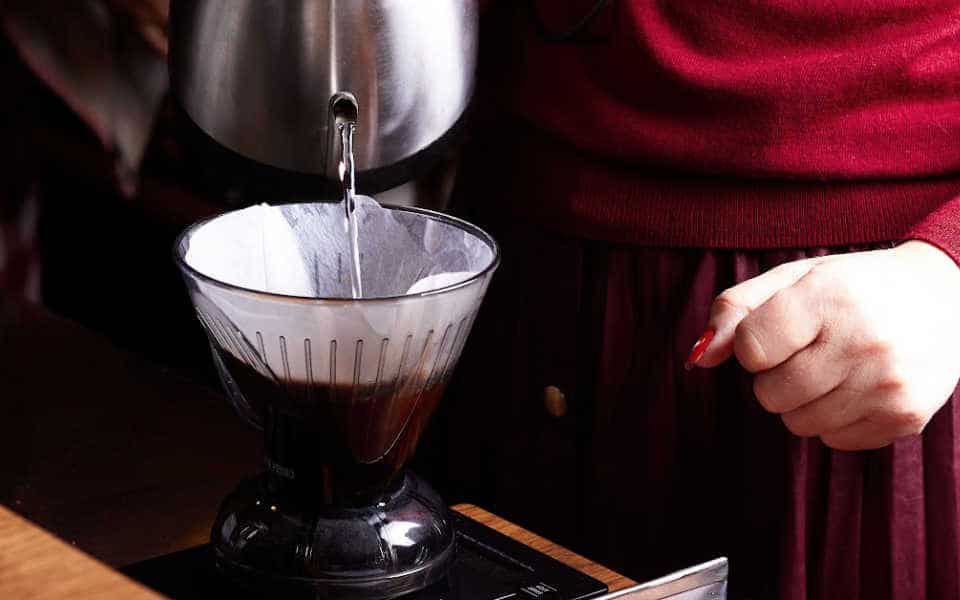
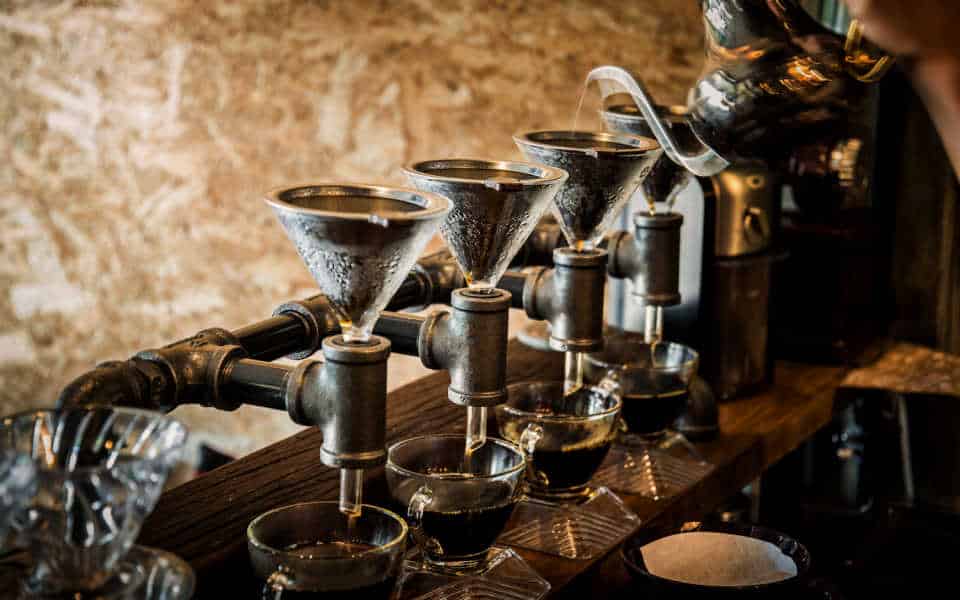

The Grind
When choosing what type of ground coffee beans should be used for the pour-over method, many brewers prefer medium-dark roasts and medium-course grinds as they tend to bring out more flavor. Aside from roast levels, though, the selection also depends on individual preference; if you like bolder coffees, then you might want to try something like an Ethiopian blend. But if you prefer more delicate flavors, a Kenyan blend might be preferable.
Coffee Ratio: Try 2 tablespoons of medium-fine ground coffee to 8 ounces of water as a starting point. For espresso, use a finer ground and just a few ounces of water. The fun of pour-over coffee is experimenting with different beans and coffee-water ratios.
Pour-Over Filters
The traditional method of making pour-over coffee involves using a paper filter. However, there are some alternative methods available involving metal filters or even using no filter at all!
Metal filters can provide a much better flavor profile due to their finer mesh size allowing for more oils and solubles from beans into your cup. However, keep in mind that they need regular cleaning. Otherwise, they can become clogged, which will interfere with extraction rates!
Many eco-conscious pour-over coffee fans prefer cloth filters, like CoffeeSock, which are washable, reusable, and prevent the grounds from seeping through to the bottom.

What is blooming? Blooming is when the coffee beans release their CO2, and the grounds swell up (you’ll notice foam forming). Adding hot water at this point will extract all of the flavors from the beans.

Frequently Asked Questions About Pour-Over Coffee
A filter and filter holder are the basics for pour-over coffee. The idea is to slowly add boiling water to the coffee grounds. Melitta has a simple system with a cone-shaped holder and filters, but a Chemex will also do the trick.
The amount of coffee depends on how fine the coffee grounds are, as you need less with a finer ground. Keeping that in mind, you’ll use anywhere from 2 teaspoons for espresso to 2 tablespoons of coffee per 6 to 8 ounces of water for an American-style brew.
Yes. First, if you’re using a paper filter, be sure to soak it through first to get rid of any residual taste. And second, bloom your coffee grounds first by pouring a small amount of boiling water in a circular motion in the filter. Wait about 30-45 seconds to allow the CO2 to escape, and then complete the process for a much fresher finished product.

